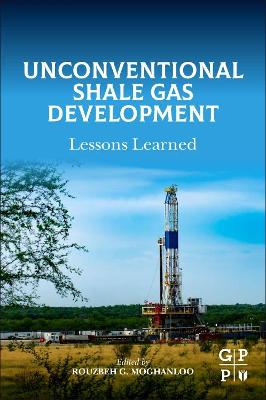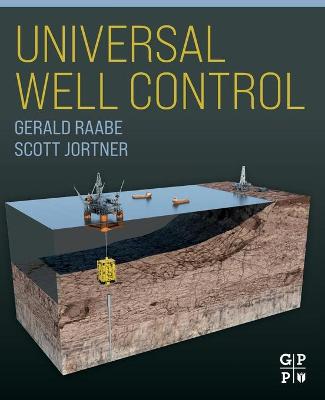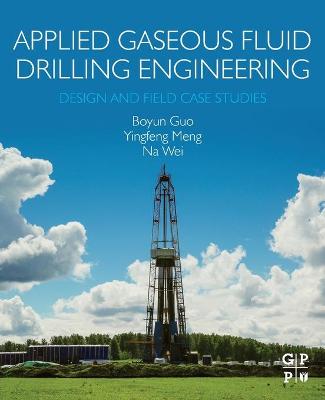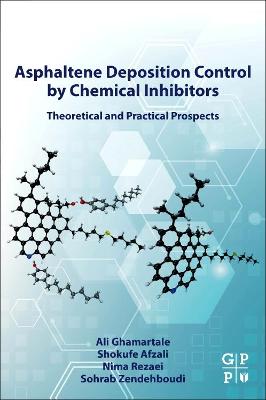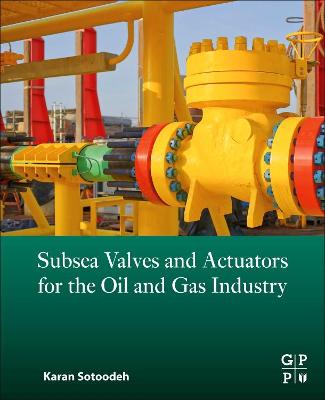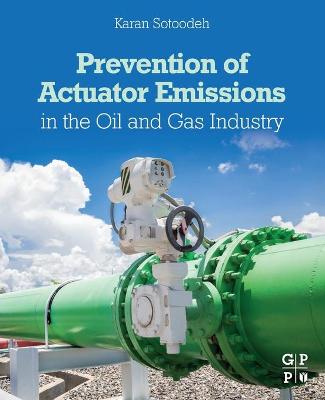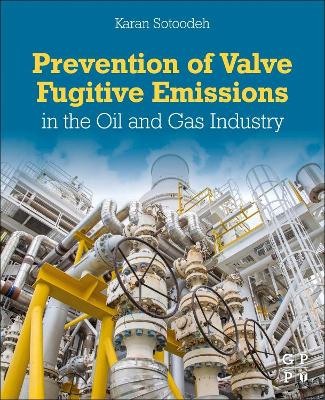Finite Element Programming in Non-linear Geomechanics and Transient Flow
 -10%
portes grátis
-10%
portes grátis
Finite Element Programming in Non-linear Geomechanics and Transient Flow
Morita, Nobuo
Gulf Publishing Company
08/2021
550
Mole
Inglês
9780323911122
15 a 20 dias
1110
Part 2 Applications of Flow3D and Geo3D to real field problems10. Pressure profile around perforations - field problems using Flow3D11. Evaluation of mechanical stability of perforations using Geo3D12. Numerical methods for the borehole breakout problems using Geo3D13. Casing collapse for hydrostatic and geotechnical loads14. 3D reservoir compaction problems
Appendix A: Apparent elastic modulus with pore fluid
Part 3 Programming of the finite element methodsAppendix B: 2D and 3D finite element code for single phase transient porous fluid flow problemsAppendix C: Geo3D code
Part 2 Applications of Flow3D and Geo3D to real field problems10. Pressure profile around perforations - field problems using Flow3D11. Evaluation of mechanical stability of perforations using Geo3D12. Numerical methods for the borehole breakout problems using Geo3D13. Casing collapse for hydrostatic and geotechnical loads14. 3D reservoir compaction problems
Appendix A: Apparent elastic modulus with pore fluid
Part 3 Programming of the finite element methodsAppendix B: 2D and 3D finite element code for single phase transient porous fluid flow problemsAppendix C: Geo3D code






